The Ministry of Culture, Sports and Tourism has just recognized Sa Huynh salt making (in Quang Ngai ) as a national intangible cultural heritage.
On December 13, the Department of Culture, Sports and Tourism of Quang Ngai province announced that the Ministry of Culture, Sports and Tourism has just issued a decision to recognize the Sa Huynh salt making profession (in Pho Thanh Ward, Duc Pho Town, Quang Ngai) as a national intangible cultural heritage.
Sa Huynh salt fields (Quang Ngai). PHOTO: DOAN VUONG QUOC
According to the decision, the Chairman of the People's Committee at all levels where there are intangible cultural heritages included in the list of national intangible cultural heritages, within the scope of their duties and powers, shall carry out state management in accordance with the provisions of the law on cultural heritage.
The salt making profession in Sa Huynh was formed a long time ago - during the Nguyen Dynasty, under the reign of King Dong Khanh. Salt producing villages in Quang Ngai, including Tan Diem salt village, were listed on the Dong Khanh Dia Du Chi map.
Sa Huynh salt farmers are drying salt. PHOTO: DOAN VUONG QUOC
Salt making in Sa Huynh is a unique traditional craft of Quang Ngai, representative, expressing the local community identity, passed down through many generations and voluntarily committed to be protected by the Sa Huynh community (Pho Thanh).
Sa Huynh salt farmers produce salt using the traditional manual method since ancient times: drying water to disperse and crystallize on the traditional ground (using sunlight and wind to evaporate on the salt fields). Therefore, the salt making season usually begins in the first lunar month and lasts until the seventh lunar month every year.
Currently, Sa Huynh salt field has a total area of about 106 hectares with more than 560 salt-producing households in 3 residential groups: Tan Diem, Long Thanh 1, Thanh Duc 1, Pho Thanh Ward, together producing salt. Every year, Sa Huynh salt field provides about 6,500 - 7,000 tons of salt.
Sa Huynh salt fields have a total area of about 106 hectares with more than 560 salt farming households. PHOTO: DOAN VUONG QUOC
The recognition of Sa Huynh salt making as a national intangible cultural heritage is not only an affirmation of its long-standing cultural value but also a driving force to promote the preservation and development of the traditional salt making profession. This is also an opportunity to promote and introduce Sa Huynh cultural heritage to domestic and foreign tourists, contributing to the development of local tourism and economy .
Source: https://thanhnien.vn/quang-ngai-co-them-di-san-van-hoa-phi-vat-the-quoc-gia-185241213164340072.htm


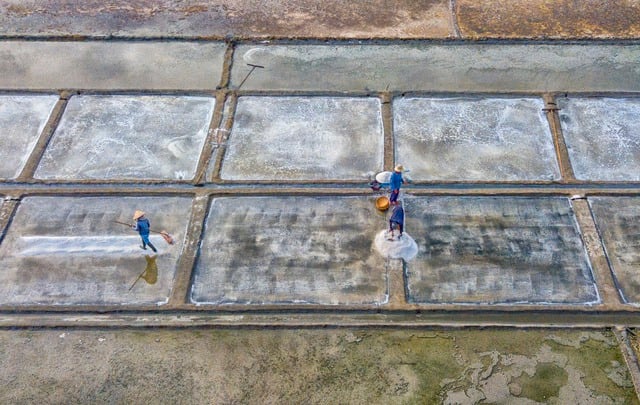
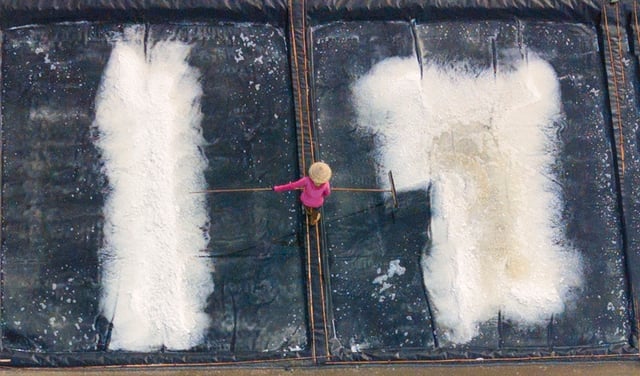
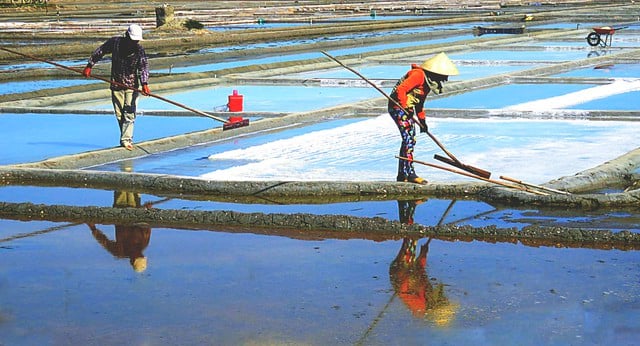


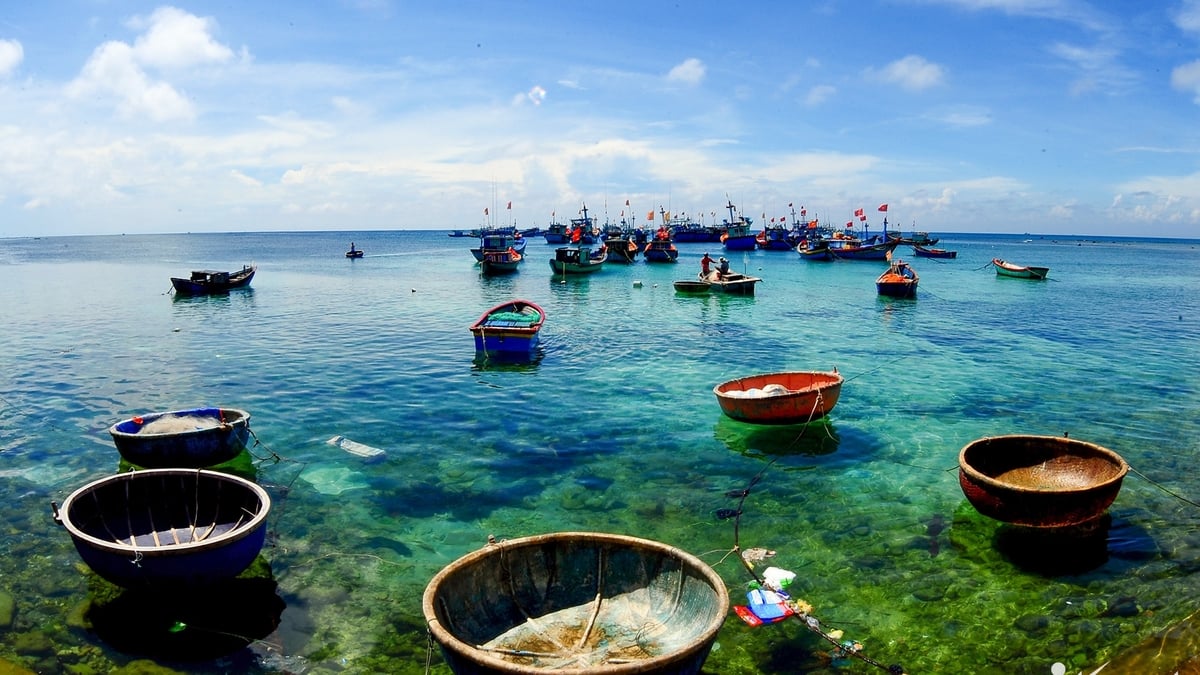
![[Photo] Party and State leaders visit President Ho Chi Minh's Mausoleum](https://vphoto.vietnam.vn/thumb/1200x675/vietnam/resource/IMAGE/2025/5/19/d7e02f242af84752902b22a7208674ac)
![[Photo] Party and State leaders attend the special art program "You are Ho Chi Minh"](https://vphoto.vietnam.vn/thumb/1200x675/vietnam/resource/IMAGE/2025/5/18/6895913f94fd4c51aa4564ab14c3f250)
![[Photo] Special flag-raising ceremony to celebrate the 135th birthday of President Ho Chi Minh](https://vphoto.vietnam.vn/thumb/1200x675/vietnam/resource/IMAGE/2025/5/19/1c5ec80249cc4ef3a5226e366e7e58f1)
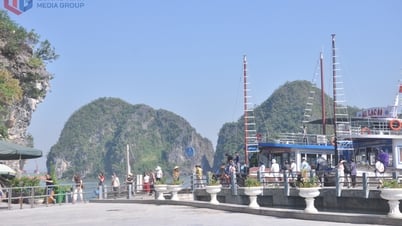



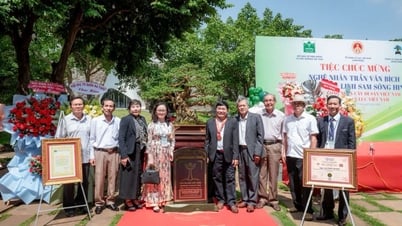






























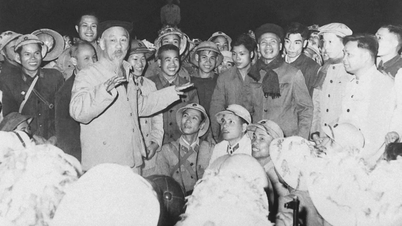













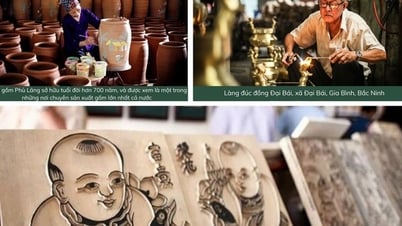











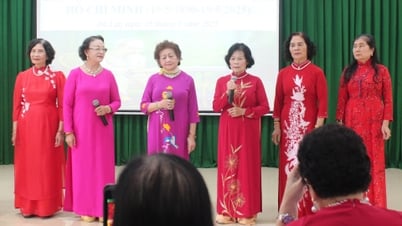

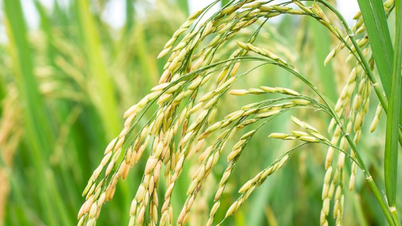





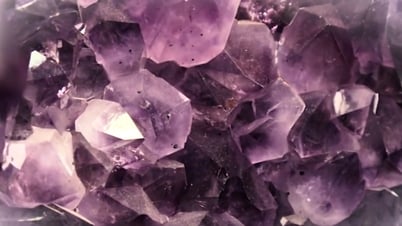





Comment (0)